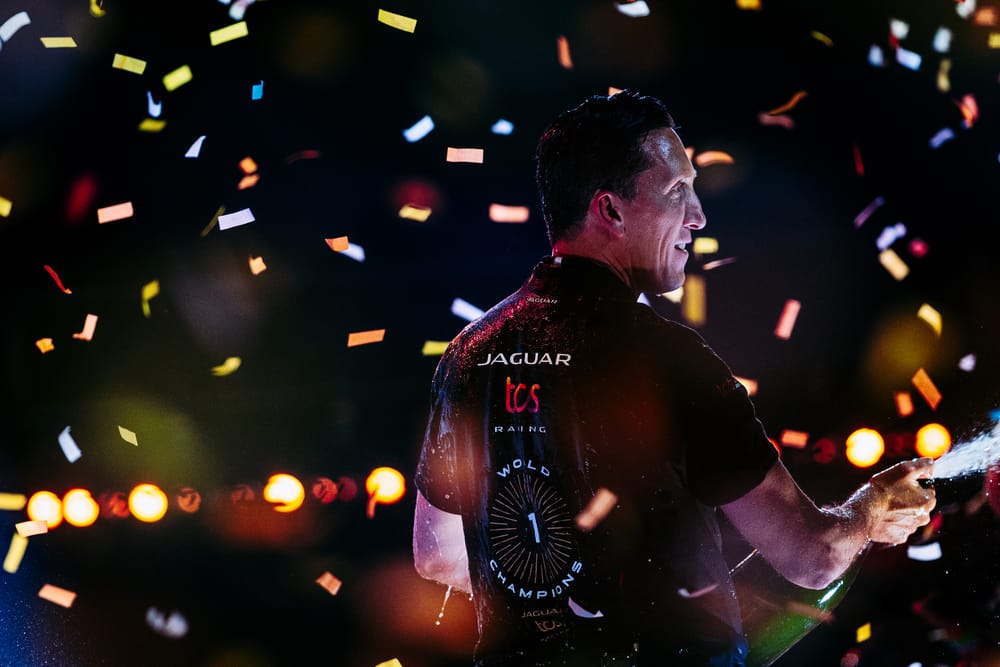James Barclay, managing director of JLR Motorsport and team principal of Jaguar TCS Racing, has been a familiar face in Formula E for almost a decade. This weekend in London he will fulfil his final functions at a racetrack for Jaguar.
A smooth communicator and distinctive presence in the paddock, Barclay will lead the McLaren endurance racing programme from September onwards.
His time with Jaguar has much deeper roots than just a team principal role and for a period as the chair of the Formula E Teams and Manufacturers Association too.
He was a key instigator in Jaguar returning to global motorsport competition in the first place and without him the whole programme may not have happened when it did and how it did.
Jaguar's motorsport year zero
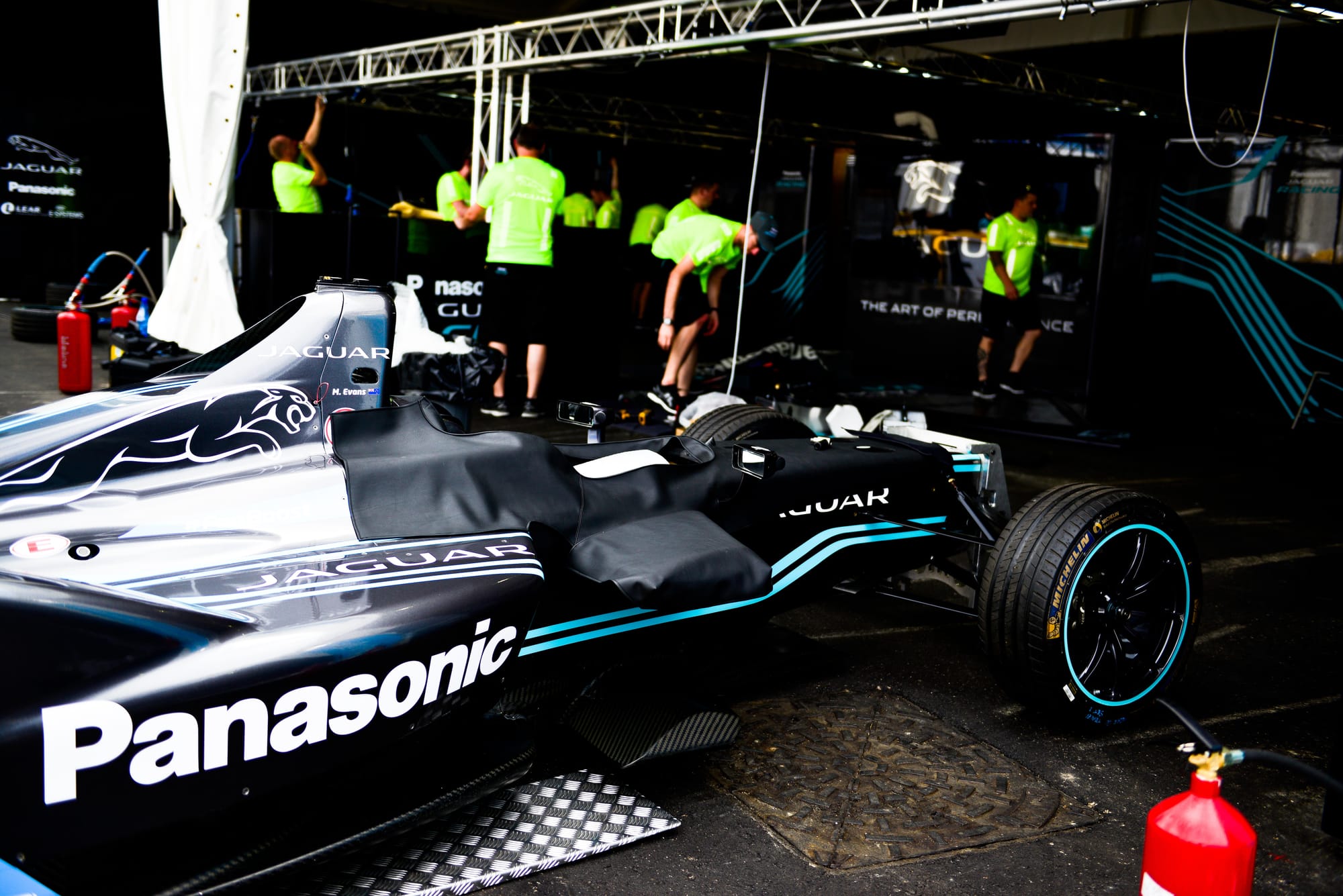
In 2013 Barclay joined Jaguar from Bentley, where he had been part of the 2003 Le Mans 24 Hours winning squad. There he saw that a legendary motorsport name could be reborn and compete in the modern age with a strong combination of racing heritage mixed with cutting edge technology.
Initially holding a temporary job running global sponsorships and brand partnerships, Barclay admits to The Race that "the reason for me joining was that the chief marketing officer [Adrian Hallmark] wanted me to actually have the autonomy to try and get board approval for a return to motorsport".
"When I first came in and there was no one with a single motorsport responsibility in the company which is incredible for an automotive company, especially Jaguar with the history it had," adds Barclay.
He quickly felt that there was a desire "from certain members of the board" to bring Jaguar back to motorsport for the first time since its erratic 2000-04 Formula 1 programme.
A lot of early business cases were done and according to Barclay "a lot of evenings spent putting proposals together and starting to get a view of what we could be doing".
The future direction of Jaguar Land Rover was pointing to electrification even at this early stage. This included the CX-75 electric-hybrid concept car which was designed in conjunction with the Williams Advanced Engineering company, a partnership that became crucial further down the line with the Big Cat's return to the global racing scene.
The Jaguar F-Type was also launched in 2013, so initially it looked like Jaguar might return to sportscar racing. Barclay confessed that this was "a strong option for us to go into sportscar racing as there was talk of convergence rules with GT and GT3 which is very interesting".
When those plans broke down and with the Jaguar I-Pace project already formed, attention turned to the nascent Formula E series that had just started up. Barclay travelled incognito to the 2015 Long Beach E-Prix, listening, and observing. The potential was real.
Another key moment was the recruitment of former BMW and Porsche executive Gerd Mauser as chief marketing officer in 2015.
According to Barclay, Moser "really understood the power of racing, so he kind of saw the work that I'd been doing and the things we were looking at in Formula E".
Moser reported directly to then CEO, Dr Ralph Speth, and the project was quickly green lit in principle during the summer of 2015. Then a licence was sourced from the defunct Trulli operation, which itself had taken over the aborted Drayson Racing squad in 2013.
The project was publicly revealed at The Shard in London in December 2015 for a start in the next season of 2016-17. While this looked slick and fluid enough, behind the scenes what was essentially a start-up was in full operation. Jaguar was not going to poach from its soon to be rivals with the majority of the staff coming from outside the Formula E paddock.
Building the culture
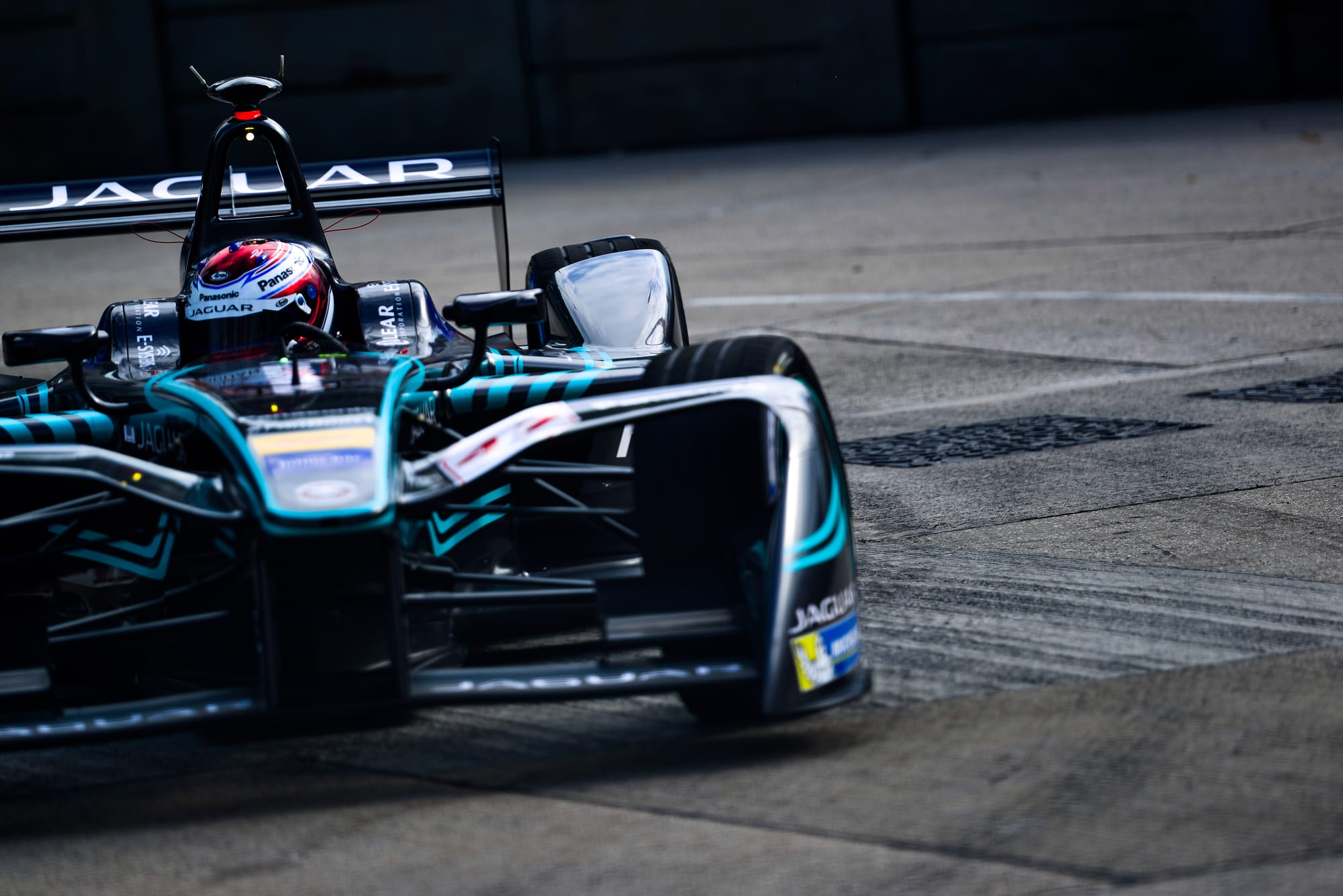
At the start there were literally "a few people", recalled Barclay, whose job it was to instil a racing culture first and foremost.
"It wasn't across the whole organisation and one of the most rewarding things was creating a culture within the business that really valued, respected, and supported racing," he said. "And in JLR we have that now which is phenomenal, as it went from being racing, as in sitting in the commercial function, to now racing sitting centrally in the business."
"We report in to the chief of staff [Chris Thorp] at the CEO's office," adds Barclay, "The reason we did that is through this journey we've shown that racing is not just about having a brand name on the car and delivering ROI [return on investment].
"It also delivers brand and it's a racing story which is part of our DNA, it's a great showcase of future Jaguars - demonstrating that it is a leader in electrification at a brand level and is the heart of this great technology."
The Jaguar Formula E programme has been successful on track with a teams' and manufacturers' title achieved in 2024 allied to 20 E-Prix wins for the factory team and five victories for customer team Envision Racing.
But the corporate side with a suite of sponsors that also supply what Barclay calls "our wider Tata [owner of JLR] ecosystem" is something "we are really proud about".
That includes the employees, over 40,000 of which are now in the JLR group, with a good number of those at the London E-Prix this week in a special Jaguar hospitality area at pit entry.
"When you now walk up and down Gaydon and other sites like EPMC [electric propulsion manufacturing centre], Solihull and Halewood, you see our employees wearing our team kit," says Barclay.
"The fact they're watching the race on a Saturday with their families is nice. They don't have to, but they do because they support the company, and they support the team, and we now have watch parties during races too."
Navigating the tough times
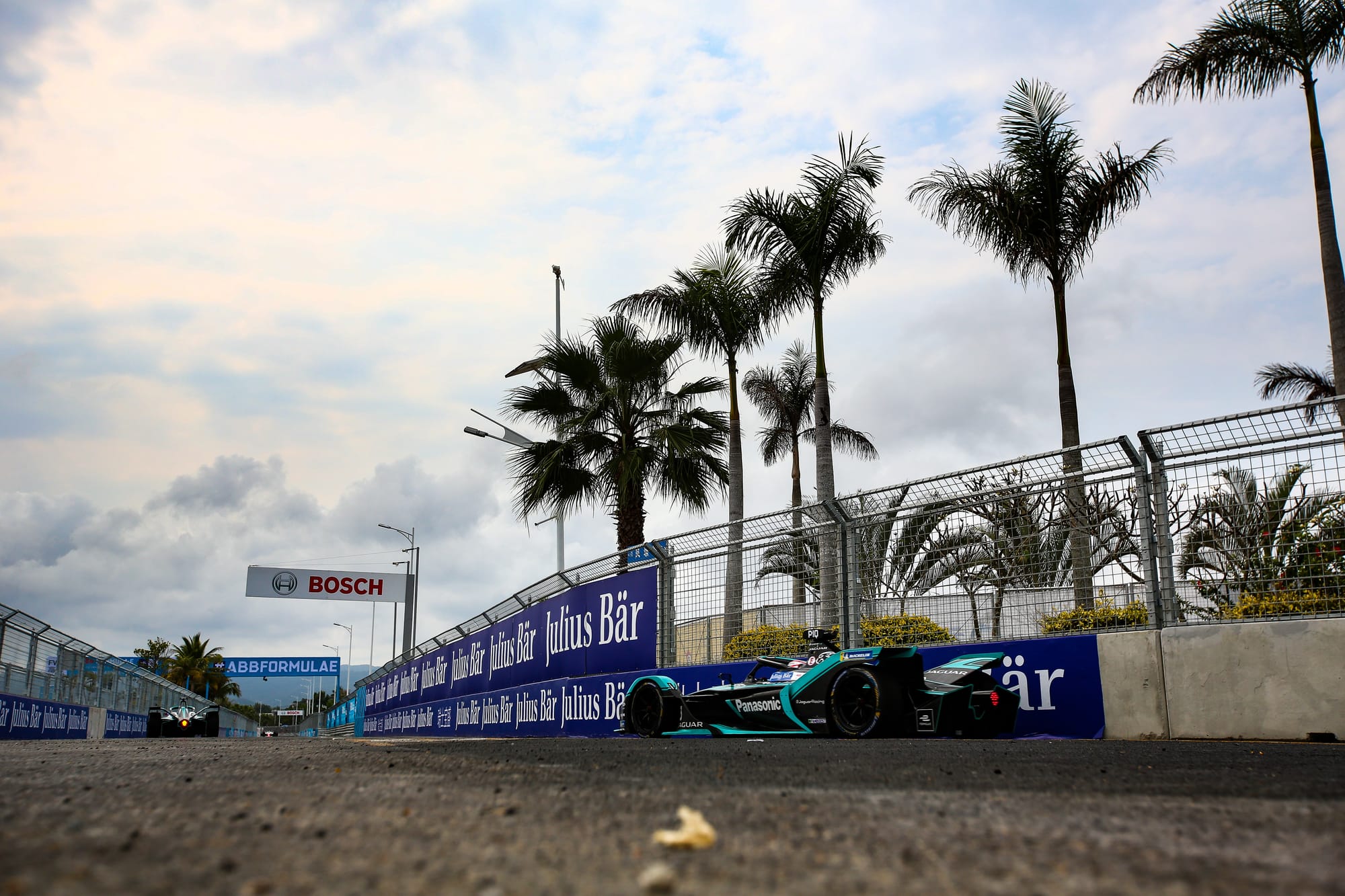
The obvious early difficulty for Jaguar in the Barclay era was the first season in which it scored just a handful of points with Adam Carroll and Mitch Evans.
The team was essentially a start-up and despite an inspired decision to integrate the Williams Advanced Engineering company into its team, with key decision makers like Craig Wilson and Gary Ekerold ensconced within it, the expectations were deliberately low in that first campaign.
But in fact, a more potentially damaging sticky patch came in its third season of 2018-19 when after five races of that campaign it was essentially a peripheral team, still without a maiden win which wasn't looking to be anywhere close in sight at that stage.
While Evans was delivering to an extent, his high-profile former champion team-mate Nelson Piquet Jr wasn't, and heading into the Sanya round in March 2019 had scored one point to Evans's 34.
In an important market to Jaguar and with a bespoke grandstand full of local executives and staff at the final corner, the two Jaguars lined up on the back row of the grid, frankly, looking a bit lost.
When Evans scraped two points for ninth and Piquet shunted, a judgement day of sorts with some board-level pressure and questions to answer was on the horizon.
It definitely felt like a crossroads moment. Piquet was quickly cut adrift and replaced by Alex Lynn for the next race in Rome, where Evans triumphed after a titanic battle with Andre Lotterer's DS Techeetah.
"As an experience I learned a lot then, especially to say, ‘at some point you've got to make that call'," says Barclay.
"We felt we had much more potential, but we needed to make a change. I remember making the call in Sanya actually. Then we got the team together the evening before the Rome race, and we went for dinner to introduce Alex into the team.
"You have to make the difficult calls, but when we alleviated that pressure the team could breathe easy, and everyone could do their job in a way which meant we got the best results, and it was no coincidence we got our first win that weekend.
"We almost kind of put everyone in a better place, probably including Nelson in terms of what was the best for everybody in that scenario."
Then there was the surprise decision to forsake Lynn for James Calado in the autumn of 2019. Lynn had shown well as a last-minute replacement for the ousted Piquet and should have won in New York had it not been for a terminal technical issue while in a comfortable lead.
The exact decision making around Calado's appointment was not hugely clear at the time, but Barclay now acknowledges it was something of a mistake.
"We can look back and say, I think to be fair to Alex, it was a mistake that we didn't have him for that season, but you live and you learn and it makes you stronger. We're all work in progress and that was one if I'm being really honest where we can look at it and say yes, would we've had a better year with Alex alongside Mitch."
Evans's win in Rome came not a moment too soon in early 2019 as another milestone was ticked off and then Jaguar was soon hunting the 2019-20 title.
Evans entered the pandemic pause in March 2020 a close second to Antonio Felix da Costa. But the Portuguese's superiority and Jaguar's poor form when the season restarted at Berlin Tempelhof in August meant a lacklustre seventh place finish and more questions for Barclay to answer.
If he thought that was hard to navigate, then came the 2021 season where Evans appeared to have the best shot at the elusive title at the same Tempelhof venue as the 2020 finale.
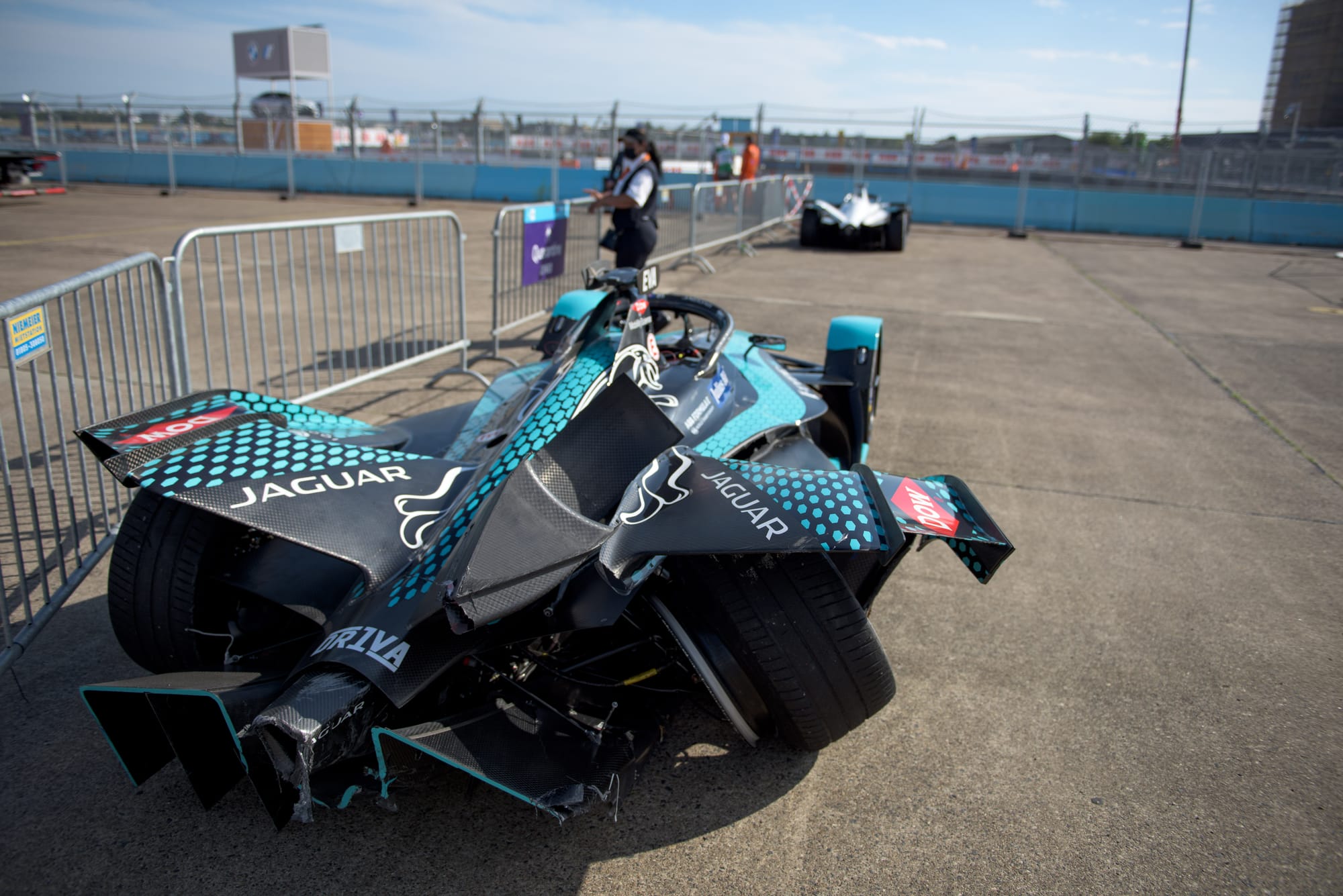
But a mysterious inverter issue curtailed that and the resulting shunt from title rival Edoardo Mortara was like a big rock of salt in a gaping wound. The external questions were mounting over whether Jaguar could actually sustain a title challenge.
Eventually it came good last season. A teams' and manufacturers' title via Evans and new recruit Nick Cassidy's consistency. But there was also a bittersweet element to it as some intricate attempted choreography backfired on the team, allowing Porsche's Pascal Wehrlein to snatch the drivers' crown.
Barclay's legacy
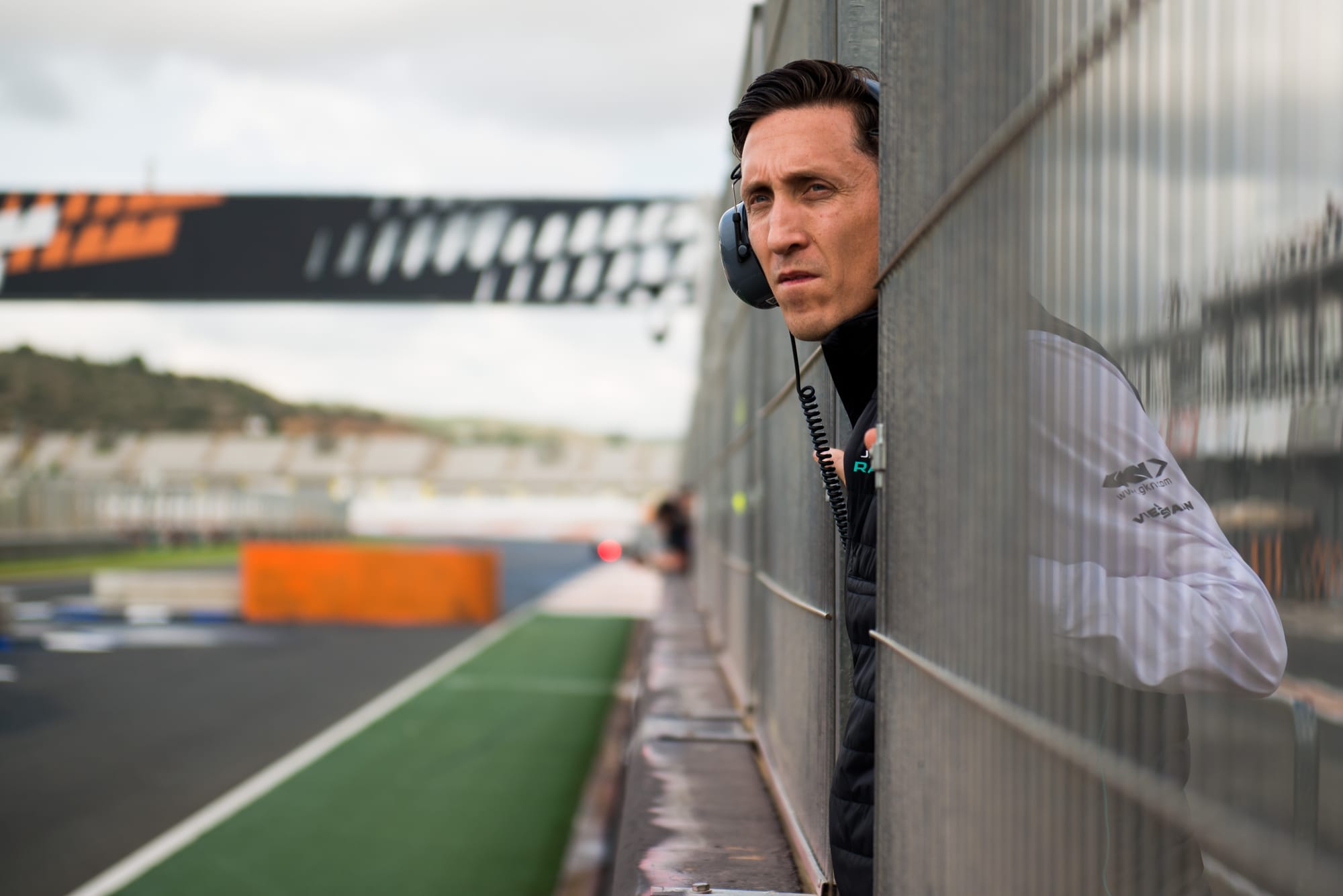
A decent chunk of Barclay's senior team has changed or is changing in 2025, including his own departure later this month.
Tech leader Phil Charles went in late 2023, Wilson stood back (although he is still seen in the pit garage from time to time), and Cassidy will shortly move to a fresh, new, and lucrative Stellantis contract. So, a new epoch for Jaguar awaits with the anticipated recruitments of Ian James from McLaren and Theophile Gouzin from Nissan this autumn.
For Barclay the job has been a combination of a dream and practical necessity to get the great marque back on the racing map.
Statistically it is Jaguar's most successful racing programme and one of its longest. Among the ups and the downs has been a respectful compliance to Jaguar's heritage. Formula E has had its critics from the start but its staying power and its inclination to provide headlines and drama is something that Jaguar has almost run in parallel to.
"I came to this job taking over motorsport for Jaguar, and it is a big responsibility but in a positive way," says Barclay.
"I look back on the [legendary Jaguar motorsport manager] Lofty Englands of this world. These are icons of our sport, they've done amazing things. I always said I wanted to go from black and white to a colour photograph of world championship success and race wins and write the next chapter in a really successful way.
"It's not a burden, it's a positive and an amazing thing to be able to do. Jaguar is up there with the best marques in the world and so the first thing is to be respectful but enjoy and inspire everyone around you about that opportunity.
"I talk about making memories with the group as well. When we've all retired we can look back and think about the great times, and sure there are really tough times, but you have to think about making memories.
"What I mean by that is having a great culture, having a racing team that enjoys what they're doing as a result of being successful, but actually enjoy working together, enjoy racing together.
"Ultimately this role is about being successful and never falling short, always aiming for the long goal of being a proper racing organisation."


